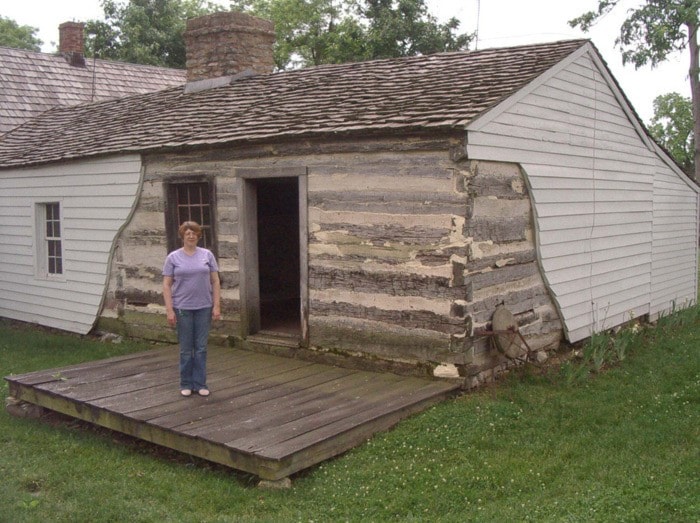KEARNEY, Missouri — There’s a gravestone in the yard of a farm in this western Missouri community.
The inscription says, in part, “Jesse Woodson James...murdered April 3, 1882, by a traitor and coward whose name is not worthy to appear here.”
The world now knows the traitor’s name, especially after the 2008 release of the movie The Assassination of Jesse James by the Coward Robert Ford.
The stone — which is, in fact, a replica (the original was badly chipped by souvenir hunters) — is on the farm where Jesse James, arguably the most famous bandit of the Old West, and his brother Frank were raised.
Clay County runs the farm as a park and it was one stop on my self-guided Jesse James Trail, a number of places in Missouri associated with the man who has gone into folklore as the Robin Hood of the West.
At the farm’s visitor centre a video tells the outlaw’s story and dozens of movie posters and dime novel covers show how the gunman became a pop icon.
The farmhouse nearby has been recreated to look much as it was when the James boys were growing up.
The brothers began their bandit career in the town of Liberty, 20 kilometres south of Kearney, when they robbed the Clay County Bank in 1866.
The red-brick building in the town square is now the Jesse James Bank Museum. The pot-bellied stove is still there and so are the counter and the strong room where the robbers herded the employees before fleeing with $60,000 (equivalent, it’s said, to more than $1 million today).
The heist was a sensation, the first peacetime bank robbery in U.S. history.
The James gang’s life of crime ended 16 years later in St. Joseph, 80 kilometres to the north, where we find the Jesse James Home, the house where he was living, under an assumed name, when he was shot from behind by “the coward Robert Ford” as he straightened a picture.
In the living room, a glass frame covers what may well be the most famous hole in the wall in the United States.
“We call it ‘the legendary bullet hole,’ ” says Gary Chilcote, the home’s curator.
Forensic experts say the bullet probably never left Jesse’s skull.
“That’s why we say ‘legendary’,” explains Chilcote. “A reporter at the time wrote about a bullet hole. We think maybe Charley Ford (the assassin’s brother) may have fired, too, and missed.”
Bob Ford is buried about 35 kilometres east of Kearney, in Richmond, Missouri. He was shot dead in Creede, Colo., in 1892; his killer, Ed Kelly, was jailed but later pardoned.
Western fans still place flowers on Jesse’s grave in Mount Olivet Cemetery in Kearney and on Frank’s grave in Independence, Missouri.
Frank surrendered after Jesse’s death. He faced just one charge — robbing a bank in Alabama — and was found not guilty. He died in 1915, aged 72.
Around the turn of the century he could be found leading visitors around the James farm, for 50 cents a head.
Access
For more information: on the James Farm and the Jesse James Bank Museum, visit jessejames.org; on the Jesse James Home, ponyexpressjessejames.com.
For information on travel in Missouri. go to the Missouri Division of Tourism website at visitmo.com.
